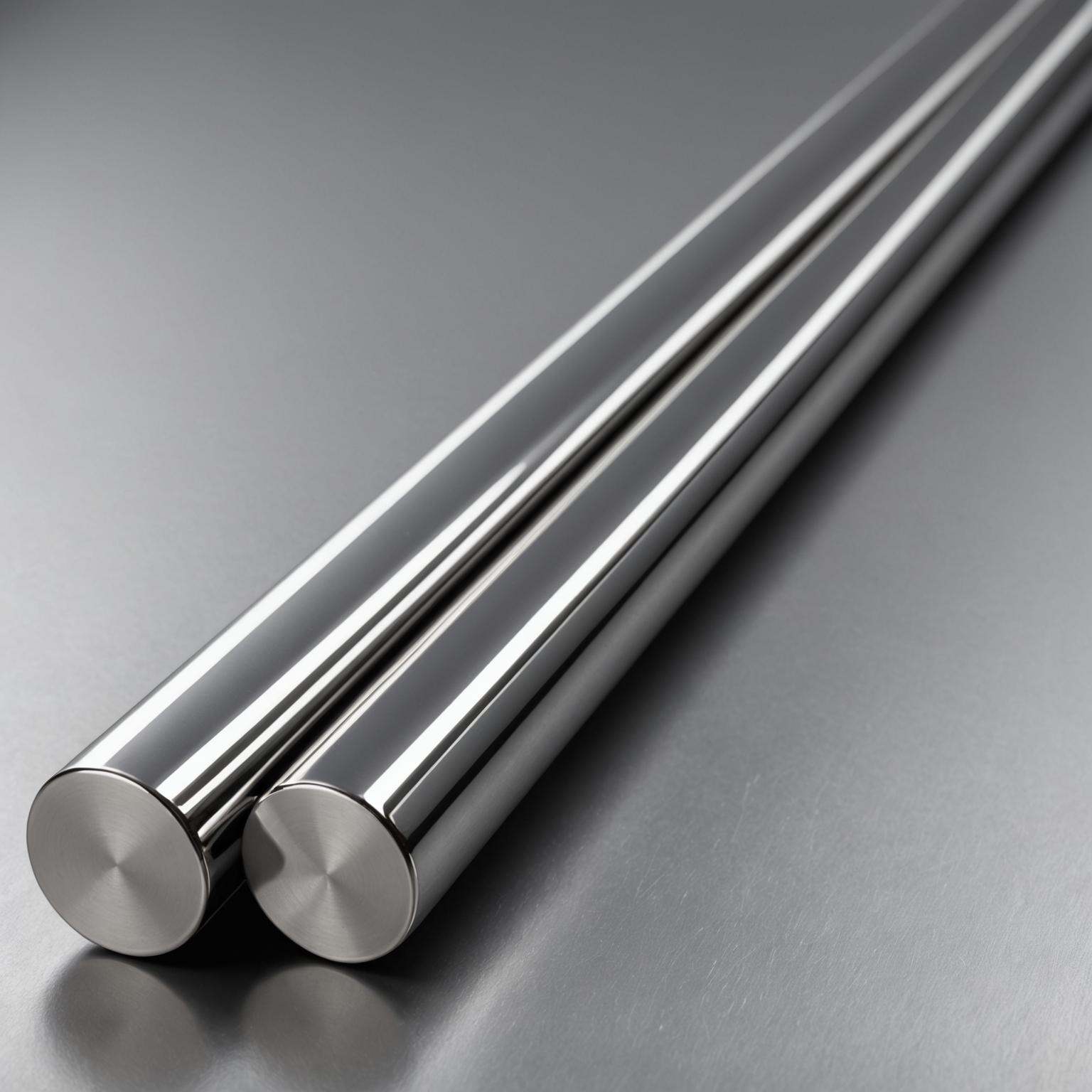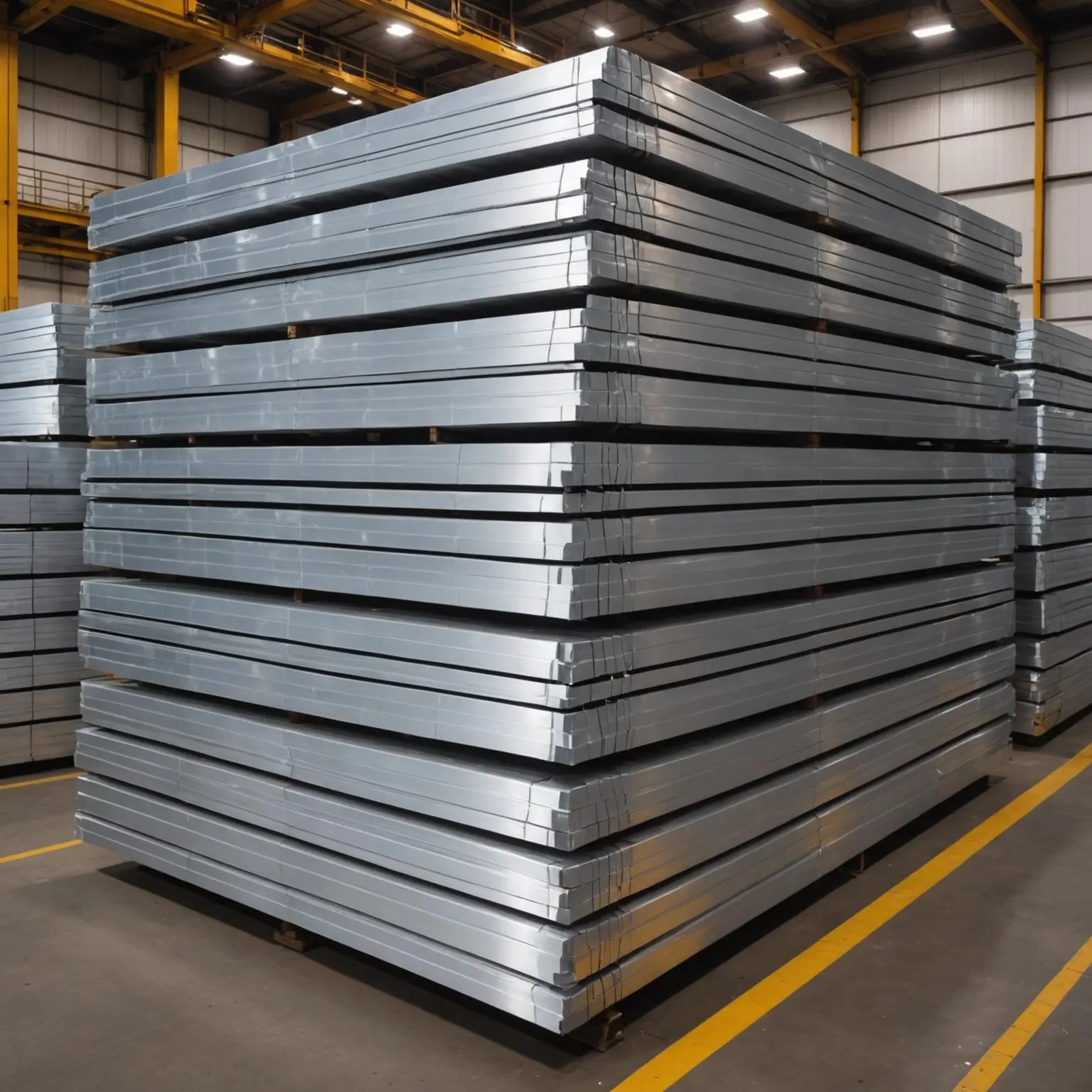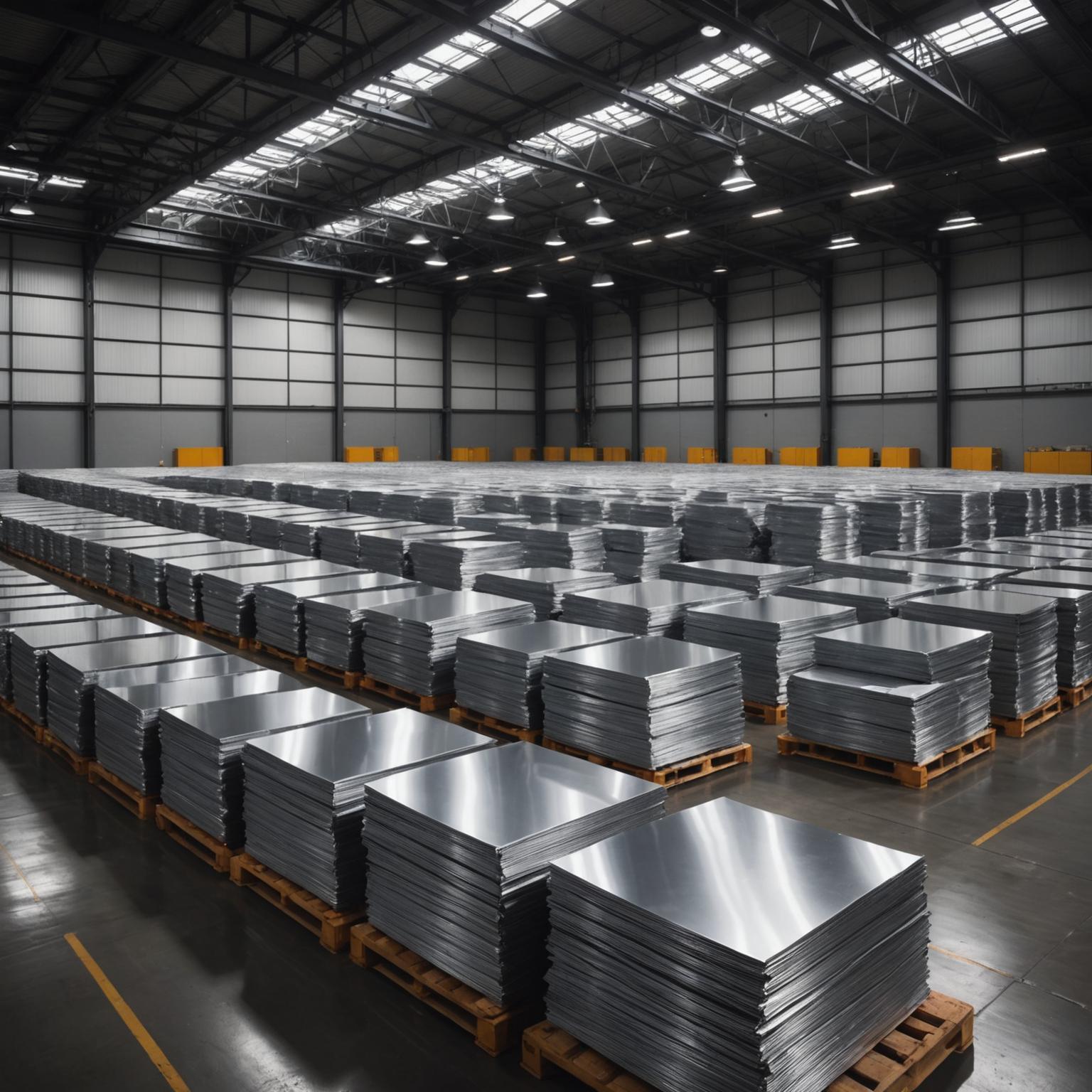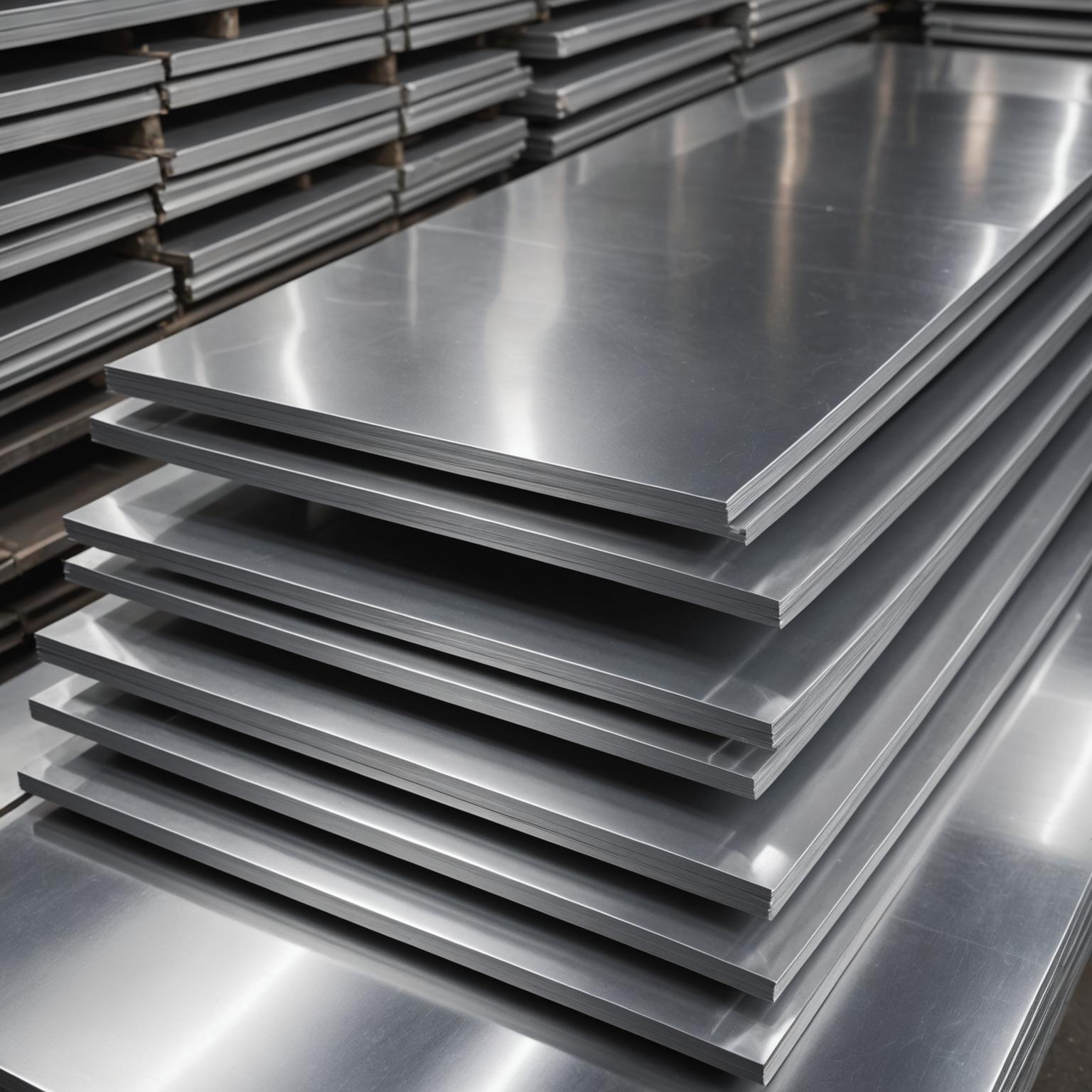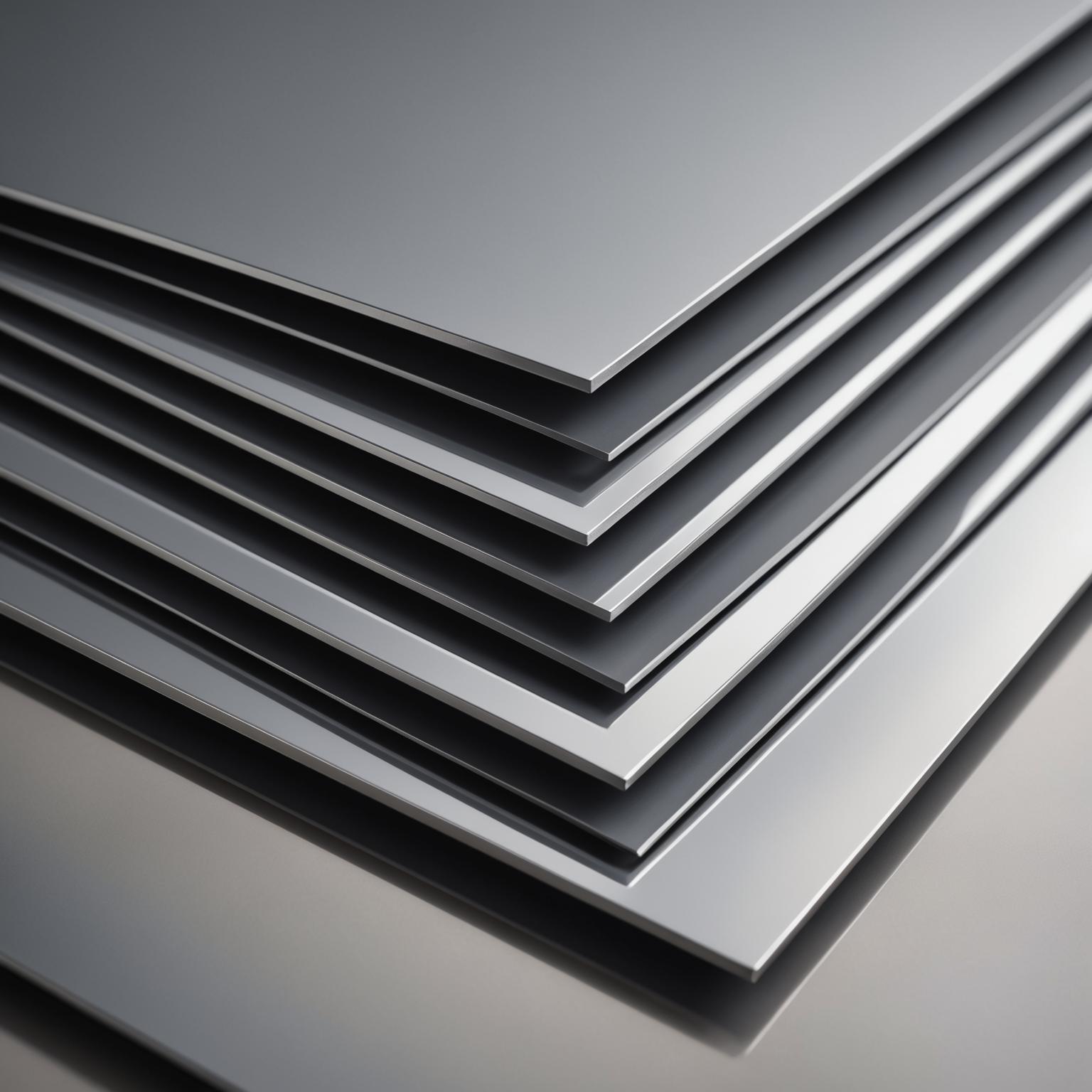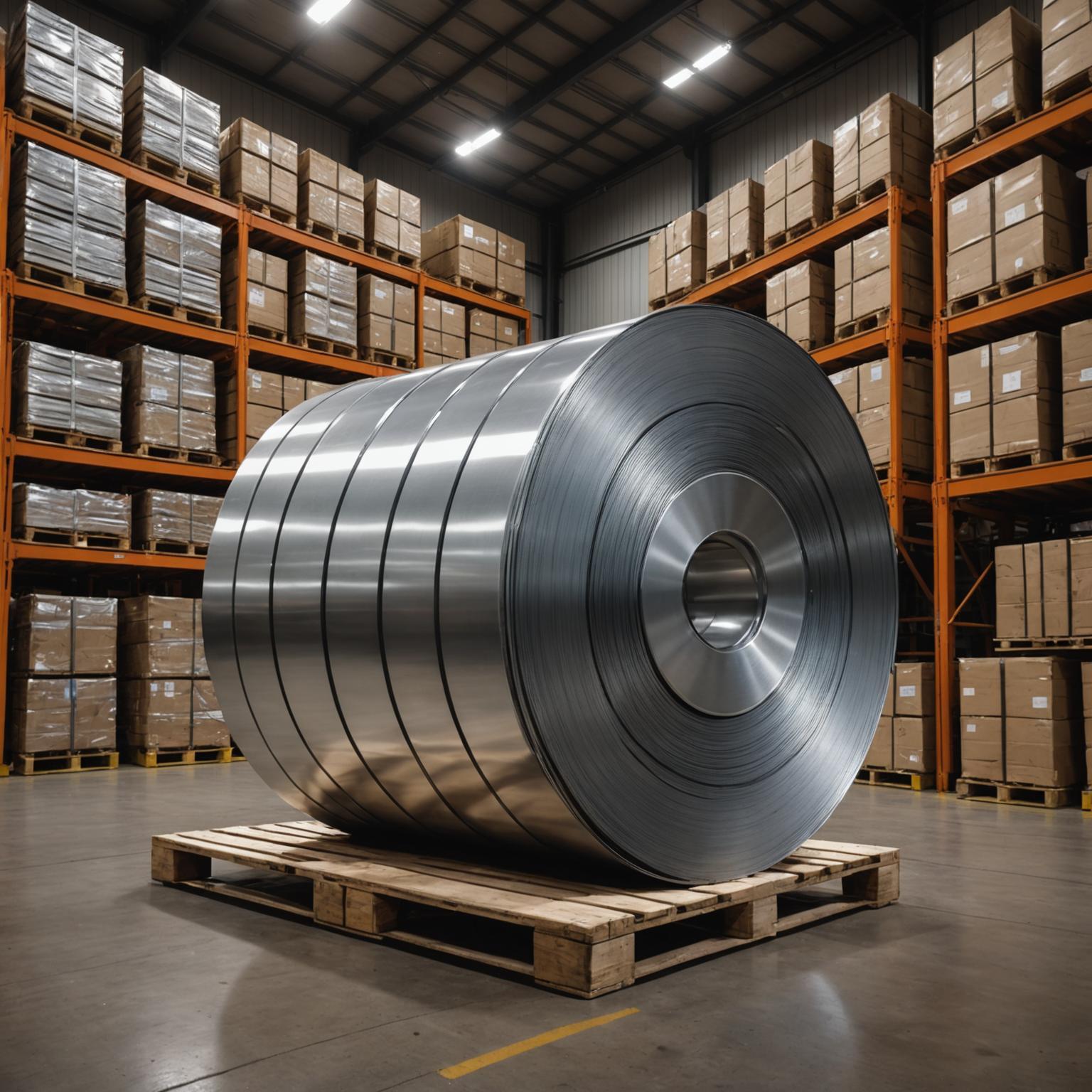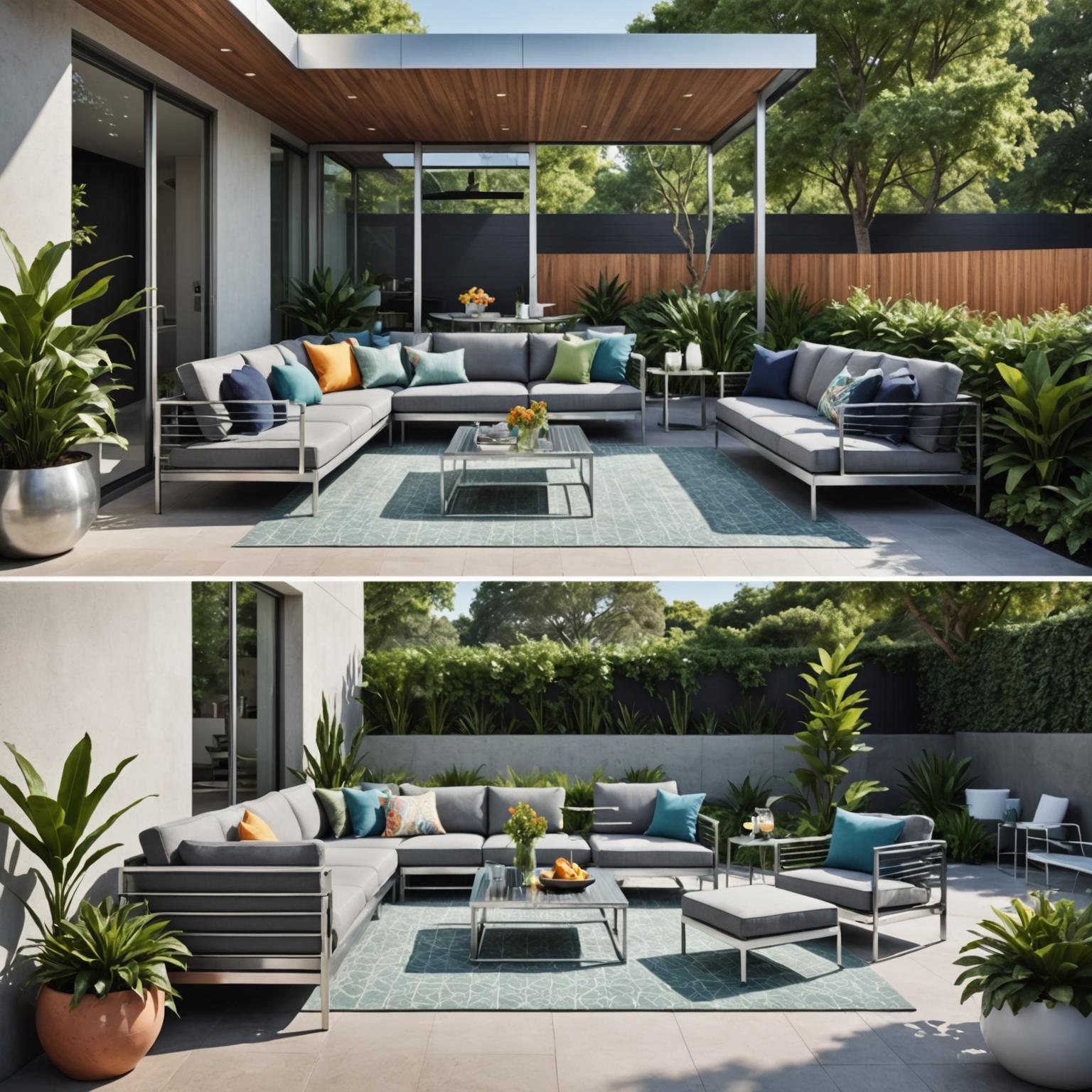
1. Basic characteristics of stainless steel and aluminum alloys
-
Stainless steel:
-
Main ingredients: iron, chromium (at least 10.5%), nickel (such as 304/316).
-
Advantages: High corrosion resistance, high strength, high temperature resistance, long service life.
-
Disadvantages: High cost and heavy weight.
-
-
Aluminum alloy:
-
Main components: aluminum, magnesium, silicon and other alloy elements.
-
Advantages: light weight, corrosion resistance (after anodization), easy to process, and low cost.
-
Disadvantages: The strength is not as strong as stainless steel, and long-term exposure may cause oxidation and discoloration.
-
2. Comparison of outdoor applicability
| Comparison items | Stainless steel | Aluminum alloy |
|---|---|---|
| Corrosion resistance | Extremely strong (especially 316 stainless steel) | Good (requires surface treatment) |
| strength | High, suitable for load-bearing structure | Medium, suitable for lightweight design |
| weight | Heavier | light |
| Maintenance cost | Low (basically maintenance-free) | Need to be cleaned regularly against oxidation |
| price | Higher | Lower |
3. Recommended for different outdoor scenes
-
Building decoration (rails, curtain walls):
-
Stainless steel: suitable for highly corrosive environments (such as beachside, chemical industry areas).
-
Aluminum alloy: suitable for lightweight, low-cost projects (such as residential balconies).
-
-
Outdoor furniture:
-
Stainless steel: strong durability, but may be cooler and heavier.
-
Aluminum alloy: lightweight and easy to move, suitable for casual furniture.
-
-
Signboard/billboard:
-
Aluminum alloys are more commonly used (easy to process and low cost).
-
-
Ship/Coastal Facilities:
-
316 stainless steel is preferred (resistant to salt spray corrosion).
-
4. How to choose?
-
Limited budget→ Select aluminum alloy (anodized treatment).
-
High corrosion environment→ Choose stainless steel (316 is better).
-
Need to be lightweight→ Choose aluminum alloy.
-
Long-term maintenance-free→ Choose stainless steel.



